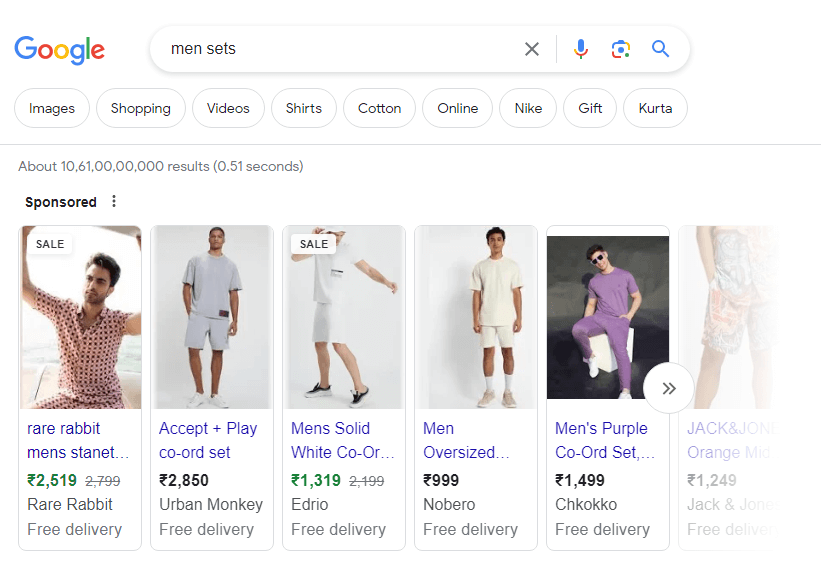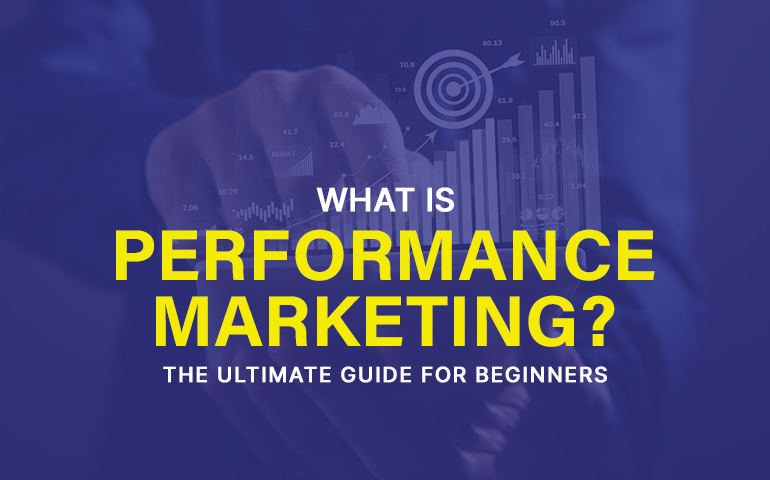In a highly competitive market, there are many companies with impressive & unique websites that fail to connect with their target audience. Although companies have potential, they often overlook the importance of effective marketing. By implementing PPC methods, they can stand out and seize growth opportunities. This is where the significance of Pay Per Click marketing truly shines in the realm of digital marketing.
In the following article, we will learn more about PPC & how it is used by businesses to engage their target audience. Furthermore, we’ll explore its advantages and easy steps for creating a PPC campaign.

What is PPC in Digital Marketing?
In Pay per click advertising, advertisers pay a fee when someone clicks on the ad. It is a great advertising model since you only pay for results [clicks], rather than showing ads to potential clients.
PPC advertising involves businesses bidding on keywords relevant to their target audience. These ads are then shown when users search for those keywords. Its basic purpose is to lead users to the advertiser’s website or app, where they can make a purchase.
How does Pay Per Click work?
The PPC operates like an auction-style system in which advertisers propose prime ad placement on relevant websites & search engines. Such ads then appear either on the top of organic search results or in a special ad space on a website. When a user clicks on the ad, the advertiser is charged a pre-decided fee.
By using pay per click marketing approach, businesses can capture the attention of potential customers and connect with them effectively. And also ensure that the cost is directly tied to the engagement received. This helps businesses to make informed decisions and strategically allocate their resources to maximize the impact of their PPC campaigns.
What are the benefits of PPC?
In this topic, we will explore numerous advantages of PPC advertising. As well as shed light on how a dynamic marketing approach can help brands gain visibility & yield a remarkable ROI.
- PPC ads are cost-effective :
One of the most basic and differentiated benefits of PPC marketing is a cost-effective solution. As, you have to pay when visitors click on the link, which increases the chances of conversion and ensures that you get the most value for your money.
- By using PPC ads gives fast results :
With PPC, you can instantly boost your website’s visibility and bring immediate traffic to your landing page without relying on organic SEO.
- PPC Ads can be easily controlled and tested :
PPC platforms provide complete analytics and reporting tools to monitor the performance of your campaigns. You can track metrics such as impressions, clicks, conversions, and ROI to optimize your strategies. As well as with PPC, you have full control over your advertising budget. You can set a daily or monthly budget and adjust bids for keywords to control costs.
- Ideal customers get targeted easily :
PPC allows precise targeting based on keywords, location, device, demographics, and even interests. This targeted approach helps you reach the right audience.
- You can even rank with a low domain rating :
PPC advertising allows your business to rank to rank quickly by using relevant keywords. Also, it helps in overcoming the limitations of your website’s domain ratings and positions itself prominently in front of the desired audience.
- Boost your SEO strategy :
PPC serves as a valuable complement to your SEO efforts by enhancing brand visibility and driving increased traffic to your website. Additionally, it allows you to test the effectiveness of keywords before combining them into your organic SEO strategy.
How to Create a PPC Campaign?
Creating a successful PPC campaign involves several essential steps. Below is a simplified guide on how to create a PPC campaign:
Define clear goals & identify your target audience : It is the most crucial and foundation step of the process. By defining the objectives of your campaign & understanding your target audience, you can be better equipped to create tailored ads & select relevant keywords.
Keyword Research : It play’s crucial role in PPC campaigns. Advertisers research and select relevant keywords as per their products/services. These keywords trigger the display of their ads when users search for those terms.
Create Compelling Ad Copy : By creating engaging & relevant ad copy can grab the attention of your target audience. Make sure to add highlights of USP and includes a clear call to action for effective result. Tailor your ad copy to match the keywords you’re bidding on.
Optimize Landing Page : Make sure to create an attractive landing page that aligns with your ad copy to provide a seamless user experience. You can also optimize the page with unique content, user-friendly navigation, and a convincing call to action.
Manage Campaign : By choosing a suitable PPC platform you can set up your account. Then, organize your campaigns and ad groups based on related keywords and themes. This structure allows for better control, relevancy, and easier management of your PPC campaigns.
Monitor and Optimize : Continuously monitoring your campaign performance is important as it improves click-through rates and conversions. Ways to test are to adjust bids & check different ad variations.
Conversion Tracking : Implement conversion tracking to measure the success of your PPC campaigns. Set up tracking codes or pixels to track actions such as form submissions, purchases, or sign-ups.
Conclusion
Therefore, PPC emerges as an essential tool for businesses to elevate their presence to the next level. However, achieving success in PPC campaigns requires following the right processes and steps. That’s why it becomes crucial to enlist the expertise of professionals who can guide you through the complexity of running an effective PPC campaign and ensure your satisfaction.
If you’re ready to take your PPC campaigns to the next level, consider partnering with Techeasify, a leading digital marketing agency. Power up your PPC with us. Drive, convert, and succeed.
You can also read : PPC Competitive Analysis Guide – Step-By-Step Method




